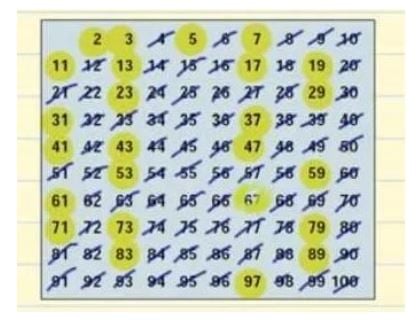
Using divisibility tests to find factors of a number is very useful in determining whether a number is prime or composite. Students would not be expected to learn this list off by heart. Students will not be asked to identify numbers as composite outside of the context of discussing prime numbers. “know and use the vocabulary of prime numbers, prime factors and composite (non-prime) numbers to establish whether a number up to 100 is prime and recall prime numbers up to 19.” The term ‘composite numbers’ is not introduced formally in the UK until Year 5.Īccording to the national curriculum, Year 5 children should be taught to:

List of prime numbers and composite numbers free#

Remember that a composite number can be any given number which is a positive integer (or natural number) whose divisors are smaller positive integers, provided the number has a minimum of 3 factors.

3 would be a prime number because its only factors are 1 and 3.Ī composite number, on the other hand, can be any whole number that has more than 2 factors. How does this relate to other areas of mathematics?Ī prime number can only have 2 factors, 1 and the number itself.


 0 kommentar(er)
0 kommentar(er)
